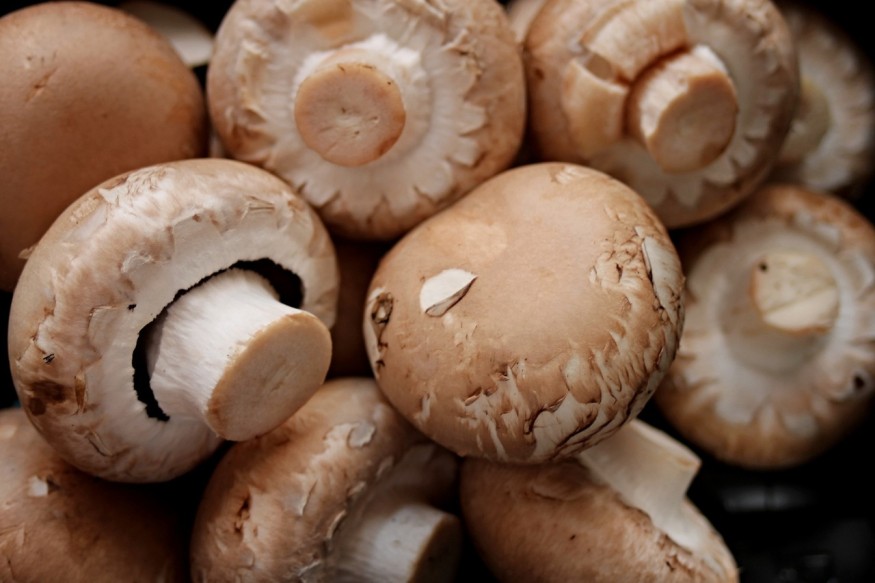The world might be saved by mushrooms right now. Scientists propose producing these edible fungi for every newly planted tree to preserve the world from climate change and alleviate world hunger.
They argue that mushrooms not only provide a nutritious source of food for millions of people affected by food scarcity, but it also aids in capturing carbon.

Edible Fungi an Unlikely Food Source
Mushrooms are an unlikely source of food, but a new study suggests that planting edible fungi might open the opportunity to produce protein-rich food and lock away extra carbon in the soil while simultaneously expanding tree plantations.
Plant ecologist Alastar Jump from the University of Stirling in the UK explains in the press release that they have some ambitious tree-planting targets in Scotland and across the UK. Still, those trees could be in danger in favor of agricultural land. But planting mushrooms gives an avenue of getting the trees and an edible crop into the same space.
As per Science Alert, edible fungi are high in fiber, contain important fatty acids, and might replace other types of protein in people's diets, such as beef, pig, and fowl, even though a mushroom-only diet is neither feasible nor appealing.
Fungi naturally create close bonds with trees, entangling themselves around spindly plant roots and exchanging minerals and nutrients in exchange for carbon. The subterranean fungal network expands with the trees, spawning mushrooms along the way.
Paul Thomas, who owns a mushroom cultivation company, explained in a recent article for The Conversation that mushrooms could lead to more food production if grown on a large enough scale. More so, it will yield all the benefits that forests bring without the environmental burdens of intensive farming, such as fertilizer, water use, or growing additional feed.
Several components of agriculture emit greenhouse gases, from plowing and tilling soils, which, if left undisturbed, may hang onto the carbon that plants worked hard to collect and bring down into their roots, to fertilizer manufacture, which also emits nitrous oxide when applied to crops.
On the other hand, these edible fungi can store carbon in soils for a long time in a vast web of filaments known as hyphae as long as those soils are not overturned.
READ ALSO : Eating Mushrooms Regularly: How Does the Practice Help Achieve and Maintain Healthy Gut?
Benefits of Growing Mushrooms in Numbers
Growing edible mushrooms in forests have the potential to collect up to 12.8 tons of carbon per hectare per year, Thomas wrote. Study Finds reports that it would feed roughly 19 million people at the same time each year.
He noted that it is a tremendous benefit that implies it is possible to grow this food while actively assisting in reducing climate change. Compared to other food groups, mushrooms are the only ones that would have such advantages as other food groups emit greenhouse gases during manufacturing.
The study authors believe that if the mushroom-growing infrastructure had existed ten years earlier, it might have fed 18.9 million people yearly. China, the world's second-biggest population, could feed up to 4.6 million people annually if this technique was followed immediately.
The findings appear in the study titled "Edible Fungi Crops Through Mycoforestry, Potential for Carbon Negative Food Production and Mitigation of Food and Forestry Conflicts" in The Proceedings of the National Academy of Sciences.
Check out more news and information on Mushrooms in Science Times.












